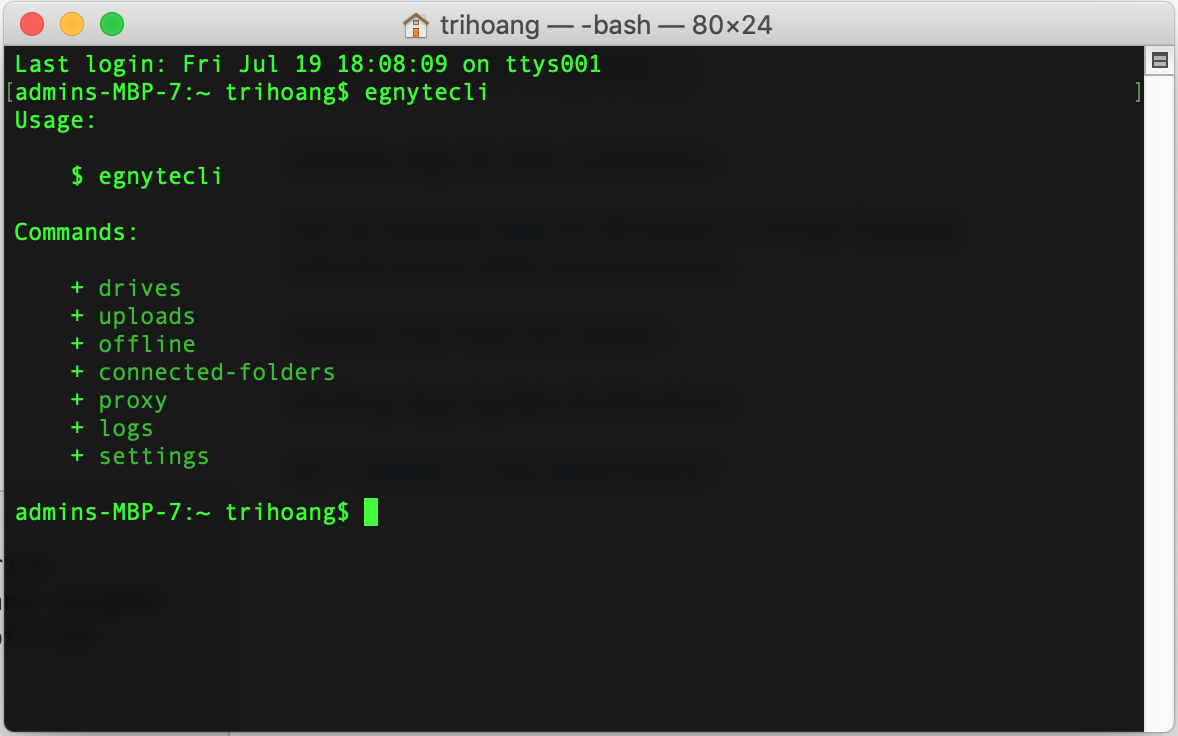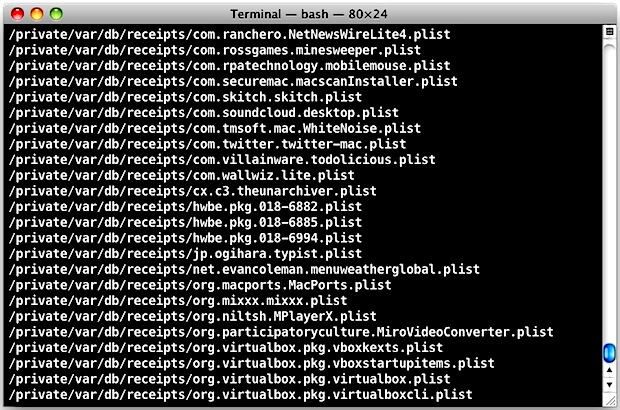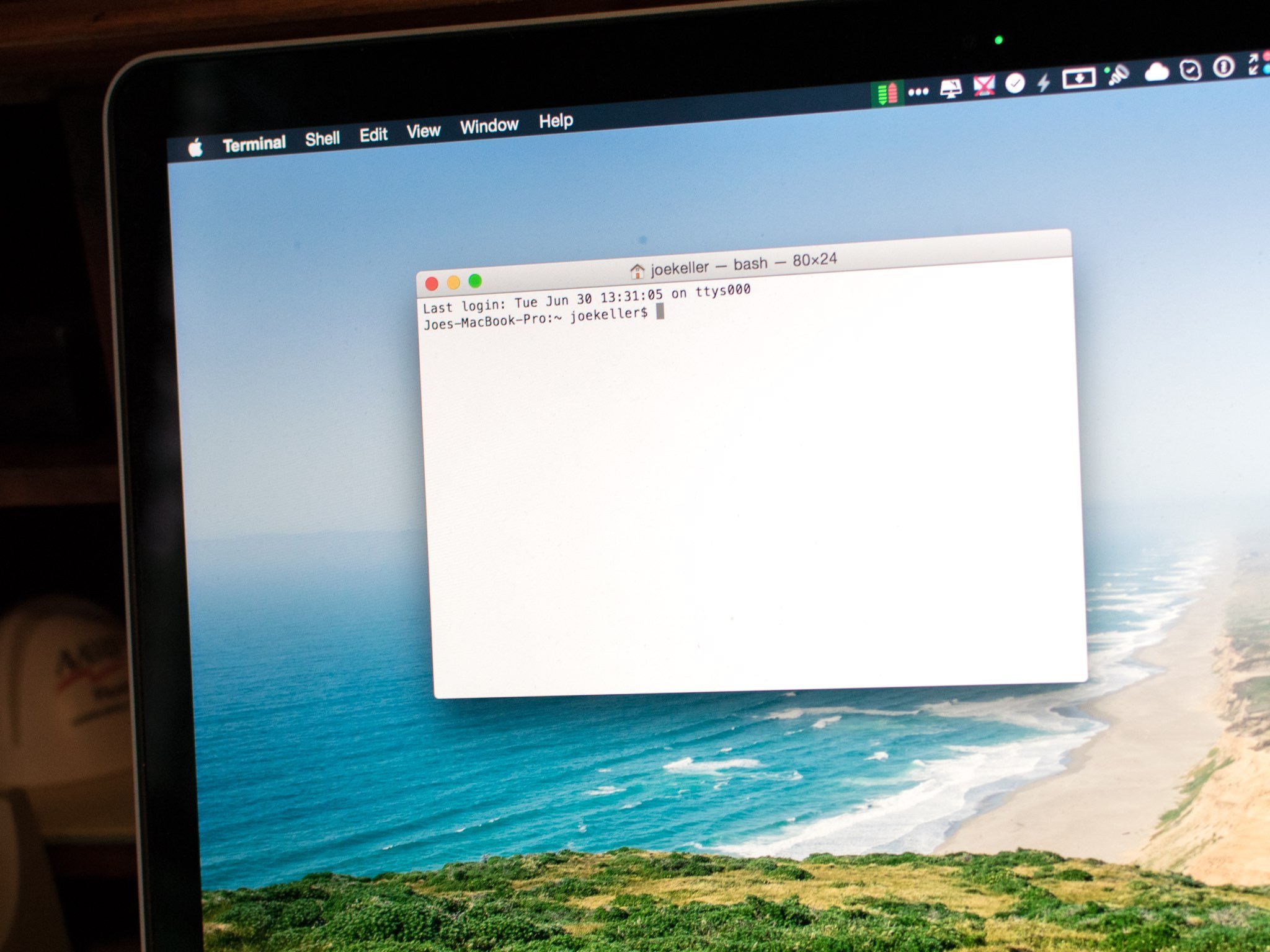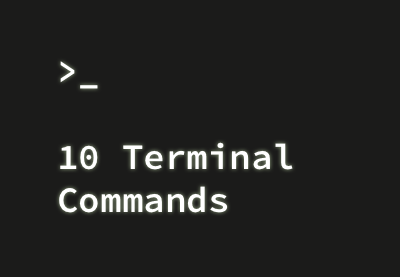Terminal User Guide

How many times did you have something running on your Mac and you wanted to make. Make Terminal windows stand out with profiles. When you’re logged in to several servers, unique background colors and window titles specified in profiles help you easily spot the right Terminal window. Use profiles built into Terminal, or create your own custom profiles. How to create profiles for Terminal. The command line is not only powerful, it can also be dangerous. Learn how to use commands for deleting files and folders correctly to make sure your time with Terminal is a productivity godsend.

You must be an administrator or root user, also called superuser, to execute many of the commands used to manage a server.

For example, if you’re not an administrator or a root user, entering the shutdown command gives you an error:
This is because the shutdown command can be run only by the root user or by an administrator user with root user privileges.

To run commands with superuser privileges, use the sudo command. sudo stands for superuser do.
The following example works on computers with macOS installed, so don’t run it unless you want to restart your computer:
% sudo shutdownYou’re asked for the password of the current user.
Only administrator users can use sudo. If you’re not logged in as an administrator, you can do so by entering the following command, where adminUsername is the name of an administrator user:
You’re asked to enter the password for adminUsername, after which a new shell is opened for that user.
If a command requires it, you can use su to switch to the root user. Under normal circumstances, you shouldn’t log in as the root user.
Important: If you use su to log in as the root user, be especially careful, because you have sufficient privileges to make changes that can cause your computer to stop working.
Hidden behind beautiful Mac screens is the world of Terminal Command lines. Knowing how to use these commands will help you increase your work efficiency in a great way.
Below is a list of the most basic commands divided by purpose of use:
CORE COMMANDS
Ipconfig Command For Mac Terminal
| Key/Command | Description |
|---|---|
| cd [folder] | Change directory e.g. cd Documents |
| cd | Home directory |
| cd ~ | Home directory |
| cd / | Root of drive |
| cd – | Previous directory |
| ls | Short listing |
| ls -l | Long listing |
| ls -a | Listing incl. hidden files |
| ls -lh | Long listing with Human readable file sizes |
| ls -R | Entire content of folder recursively |
| sudo [command] | Run command with the security privileges of the superuser (Super User DO) |
| open [file] | Opens a file ( as if you double clicked it ) |
| top | Displays active processes. Press q to quit |
| nano [file] | Opens the file using the nano editor |
| vim [file] | Opens the file using the vim editor |
| clear | Clears the screen |
| reset | Resets the terminal display |
CHAINING COMMANDS
| Key/Command | Description |
|---|---|
| [command-a]; [command-b] | Run command A and then B, regardless of success of A |
| [command-a] && [command-b] | Run command B if A succeeded |
| [command-a] || [command-b] | Run command B if A failed |
| [command-a] & | Run command A in background |
PIPING COMMANDS

| Key/Command | Description |
|---|---|
| [command-a] | [command-b] | Run command A and then pass the result to command B e.g ps auxwww | grep google |
COMMAND HISTORY
Restart Command For Mac Terminal
| Key/Command | Description |
|---|---|
| history n | Shows the stuff typed – add a number to limit the last n items |
| Ctrl + r | Interactively search through previously typed commands |
| ![value] | Execute the last command typed that starts with ‘value’ |
| ![value]:p | Print to the console the last command typed that starts with ‘value’ |
| !! | Execute the last command typed |
| !!:p | Print to the console the last command typed |
FILE MANAGEMENT
Mac Command Line List
| Key/Command | Description |
|---|---|
| touch [file] | Create a new file |
| pwd | Full path to working directory |
| . | Current folder, e.g. ls . |
| .. | Parent/enclosing directory, e.g. ls .. |
| ls -l .. | Long listing of parent directory |
| cd ../../ | Move 2 levels up |
| cat | Concatenate to screen |
| rm [file] | Remove a file, e.g. rm data.tmp |
| rm -i [file] | Remove with confirmation |
| rm -r [dir] | Remove a directory and contents |
| rm -f [file] | Force removal without confirmation |
| cp [file] [newfile] | Copy file to file |
| cp [file] [dir] | Copy file to directory |
| mv [file] [new filename] | Move/Rename, e.g. mv file1.ad /tmp |
| pbcopy < [file] | Copies file contents to clipboard |
| pbpaste | Paste clipboard contents |
| pbpaste > [file] | Paste clipboard contents into file, pbpaste > paste-test.txt |
DIRECTORY MANAGEMENT
| Key/Command | Description |
|---|---|
| mkdir [dir] | Create new directory |
| mkdir -p [dir]/[dir] | Create nested directories |
| rmdir [dir] | Remove directory ( only operates on empty directories ) |
| rm -R [dir] | Remove directory and contents |
| less [file] | Output file content delivered in screensize chunks |
| [command] > [file] | Push output to file, keep in mind it will get overwritten |
| [command] >> [file] | Append output to existing file |
| [command] < [file] | Tell command to read content from a file |
SEARCH
| Key/Command | Description |
|---|---|
| find [dir] -name [search_pattern] | Search for files, e.g. find /Users -name 'file.txt' |
| grep [search_pattern] [file] | Search for all lines that contain the pattern, e.g. grep 'Tom' file.txt |
| grep -r [search_pattern] [dir] | Recursively search in all files in specified directory for all lines that contain the pattern |
| grep -v [search_pattern] [file] | Search for all lines that do NOT contain the pattern |
| grep -i [search_pattern] [file] | Search for all lines that contain the case-insensitive pattern |
| mdfind [search_pattern] | Spotlight search for files (names, content, other metadata), e.g. mdfind skateboard |
| mdfind -onlyin [dir] -name [pattern] | Spotlight search for files named like pattern in the given directory |
HELP
Mac Terminal Shortcut
| Key/Command | Description |
|---|---|
| [command] -h | Offers help |
| [command] –help | Offers help |
| info [command] | Offers help |
| man [command] | Show the help manual for [command] |
| whatis [command] | Gives a one-line description of [command] |
| apropos [search-pattern] | Searches for command with keywords in description |
